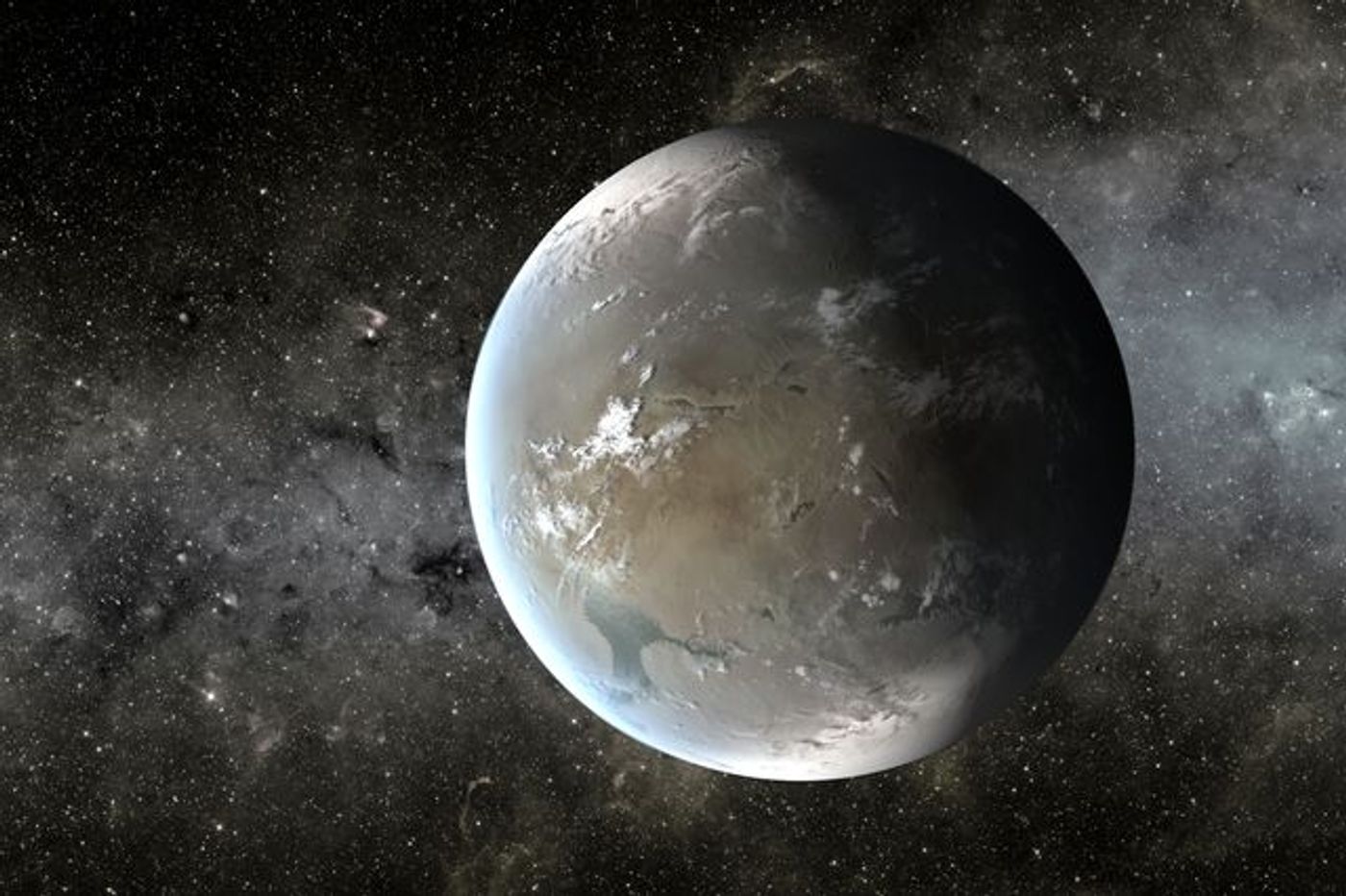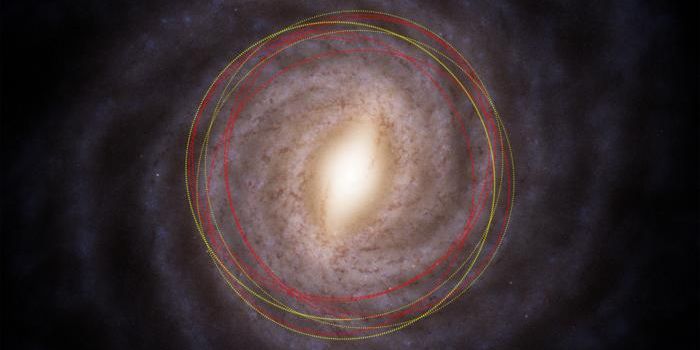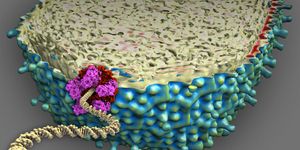Astronomers Study Potentially Habitable Exoplanet 1,200 Light Years Away
NASA’s Kepler mission has been the source of discovery for many exoplanets throughout the galaxy. One particular exoplanet of interest as of late is Kepler-62f, which scientists say could have the right conditions to support life.

According to a report published in the journal Astrobiology, astronomers say that Kepler-62f is orbiting its host star at just the right distance to be located inside the system’s habitable zone.
In this zone, the exoplanet is in just the right temperature range to be capable of maintaining carbon dioxide gas in the atmosphere, as well as liquid water on the surface.
Those familiar with the study have identified that Kepler-62f is about 40% larger than Earth, which keeps it in the range of planet size where the planet would be rocky, rather than gassy, and that oceans could reside on its surface.
We know that the exoplanet’s host star is smaller and cooler than our Sun, but it’s worth noting that Kepler-62f is the outermost planet out of 5 others that are orbiting the host star in this system.
Although the Kepler mission didn’t reveal very many details about the exoplanet’s orbital pattern, or the composition of its atmosphere, scientists wanted to know more, so they spent more time calculating potential conditions on the planet.
Using computer simulations, astronomers found various scenarios that would allow for the exoplanet to sustain liquid water on the surface, and even life.
Among those were having a thicker atmosphere than Earth by up to 12x, having more carbon dioxide in its atmosphere than Earth by up to 2,500x, and having a variety of different orbital shapes that could impact the planet’s habitational qualities.
In situations where there wasn’t a higher concentration of carbon dioxide on the exoplanet, the orbital shape of the exoplanet around its host star may offer a better explanation for the exoplanet’s habitable conditions:
“But if it doesn’t have a mechanism to generate lots of carbon dioxide in its atmosphere to keep temperatures warm, and all it had was an Earth-like amount of carbon dioxide, certain orbital configurations could allow Kepler-62f’s surface temperatures to temporarily get above freezing during a portion of its year,” said Aomawa Shields, the study’s lead author. “And this might help melt ice sheets formed at other times in the planet’s orbit.”
The theories produced during this study involved taking information known from orbital calculations in what is known as the NHBody, and atmospheric conditions and climate conditions were based off of known models such as the Community Climate System model and the Laboratoire de Me´te´orologie Dynamique Generic model.
This was reportedly the first time that scientists have applied two different models like these to an exoplanet, and the results calculated from the models seem to point in a positive direction for this exoplanet having the conditions capable of supporting life.
Shields also believes that the same models can be applied to other exoplanets to estimate their orbital shape and atmospheric conditions to predict whether or not they are possible candidates for supporting life.
Despite there being no evidence of additional signs of life in our universe, there is a lot of data to suggest that life may be possible on other planets or exoplanets. It may be a long time before we discover anything, if ever, but scientists remain diligent on the matter.
Source: University of California, Los Angeles via Nature World News








